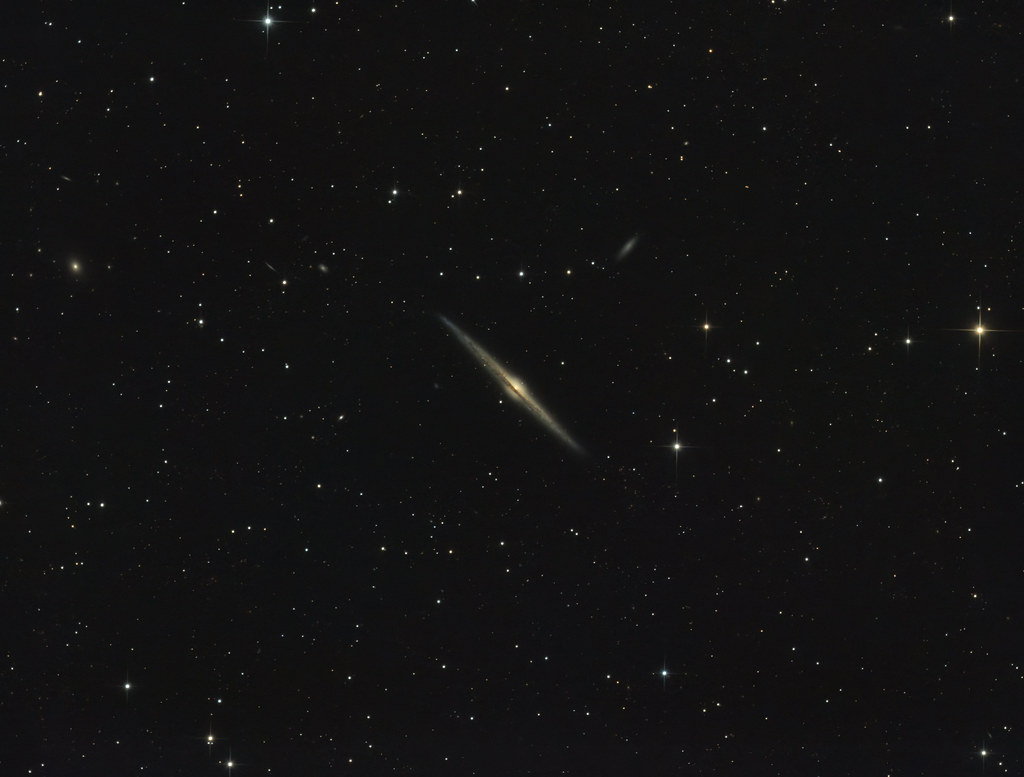#astronomie
Text
Veilleuse Galaxie ✨
Galaxy night light


#galaxy#univers#solar system#astronomy#Nasa#glassblower#Art#Artisanat#astronomie#souffleur de verre#voielactée
100 notes
·
View notes
Text
Depuis sa mort en 1979, la femme qui a découvert de quoi est fait l'univers n'a pas gagné beaucoup de reconnaissance, seulement une plaque sur le mur de l'université et rien d'autre.

Ses nécrologies dans les journaux ne mentionnent pas sa plus grande découverte. Tous les lycéens savent qu'Isaac Newton a découvert la gravité, Charles Darwin a expliqué l'évolution et Albert Einstein a expliqué la théorie de la relativité. Mais quand il s'agit de la composition de notre univers, les manuels disent simplement que l'hydrogène est l'atome le plus commun de l'univers. Et personne ne sait qui l’a découvert. C’est Cécilia Payne. Elle est l'auteur de la plus importante thèse de doctorat en astronomie jamais écrite. Et dire que la mère de Cecilia Payne ne voulait pas dépenser d'argent pour son collège, affirmant qu'aller à l'université était stupide pour une femme. Donc Cecilia a donc gagné une bourse à Cambridge elle-même. Elle a réussi les examens mais Cambridge ne lui a pas donné de diplôme parce qu'elle était une femme, donc elle a déménagé aux États-Unis pour travailler à Harvard. Elle a été la première personne à recevoir un doctorat en astronomie du Radcliffe College, écrivant ce qu'Otto Strauve appelait « la thèse de doctorat la plus excellente » en astronomie. " Elle a aussi découvert de quoi est fait le soleil. Littéralement toute étude des étoiles variables est basée sur son travail. Elle a été la première femme promue professeur de Harvard. Et même avec tout son engagement, elle n'est pas mentionnée avec tout le respect que l’on doit à une scientifique de si haut grade.
20 notes
·
View notes
Text

IC 443 is commonly called “The Jellyfish Nebula” due to its appearance. It is a “Supernova Remnant”, that is, the remains of a star that violently exploded 5,000 to 30,000 years ago. The spherical shape suggests that the explosion is still in progress, originating from the centre.
It resides about 5,000 light-years distance and is approximately 70 light-years in diameter. It is far too faint to be visible unaided, but, if it were, it would appear larger than the full moon.
The spherical blast wave from the explosion is thrusting (above) into the residing cloud of dust and gas in this galactic region. Below it, the blast wave is being absorbed by another smaller galactic cloud.
The Jellyfish Nebula is a favorite target for both amateurs and professionals. However, its history is still perplexing, debated.
I photographed the Jellyfish Nebula from my garden in Strasbourg France in mid-February 2024. 45 x 300 sec.
#ic443#astrophotography#astrophotographie#astrophotographiefrance#astronomie#astronomy#sh2248#jellyfish nebula#astronomiefrance#sh2-248#supernovaremnant#supernova
23 notes
·
View notes
Photo
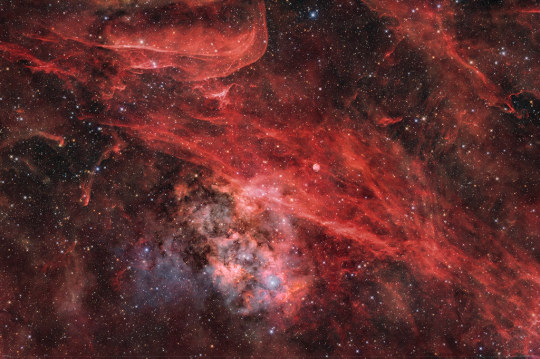
Sh2-115 by castro.pic
#sh2115#caldwell#sharpless#pixinsight#astronomie#deepsky#astrophoto#astrofoto#astrofotografie#cfaobam#astronomy#obernburg#deepspace#universe#universetoday#astrography#deepskyphotography#astrophotography#spaceexploration#langzeitbelichtung#stargazing#photographerfocus#backyardastrophotography#aschaffenburg#backyard#ts2600mp#qhy268m#epsilon#epsilon130d#takahashi
46 notes
·
View notes
Text

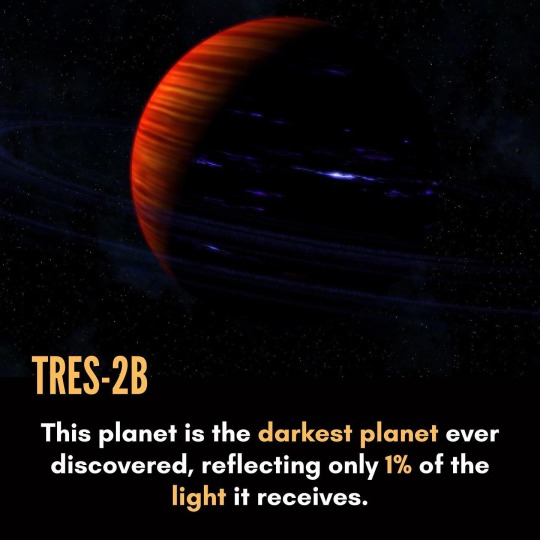
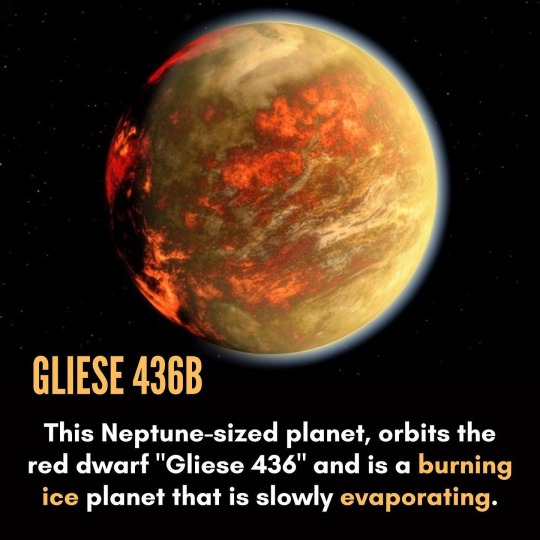

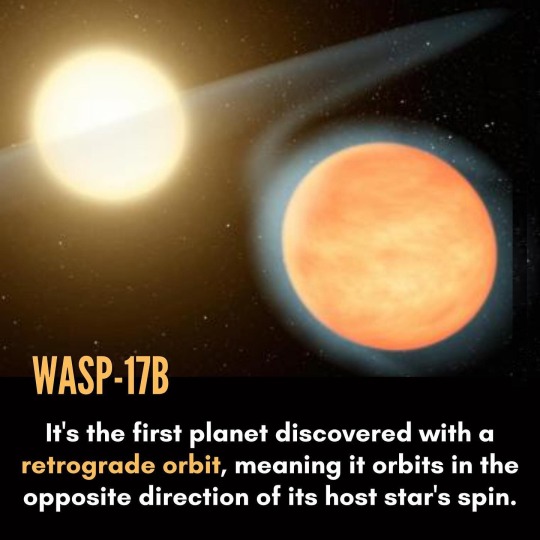
ᴄʀᴀᴢɪᴇSᴛ ᴘʟᴀɴᴇᴛS ɪɴ ᴛʜᴇ ᴜɴɪᴠᴇʀSᴇ ᴘᴀʀᴛ 02
Via astrogirl.science
#astronomyy#astronomie#astronomiefrance#astroitalia#supernova#supernovas#univers#spaceexploration#exoplanet#nasa#exoplanetas#solarsystem#cosmos#cosmology#universe#astronomy#space#spacescience#physics#science#quantumphysics#astrobiology#planet#planets#galaxy#galaxies#NASA#explore
552 notes
·
View notes
Text

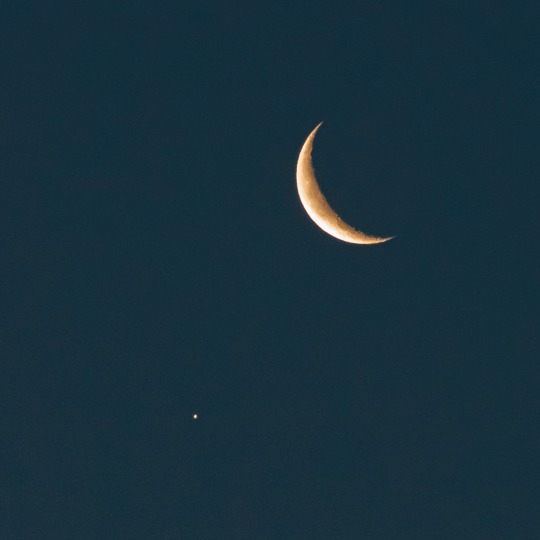
Heute (14.06.23) Mond trifft Jupiter
Today (06/14/23) Moon meets Jupiter
64 notes
·
View notes
Video
NGC4565_200-800_ASI1600MC-14x120s_20240120 by frankastro
Via Flickr:
Données prise de vue ******************************************************* Date : 2024-01-20 Objet : NGC 4565 Instrument : Newton Quatro 200/800 + correcteur GPU Monture Atlas EQ-G SynScan GoTo / guidage diviseur optique PHD2 + ASI224MC Camera : ZWO ASI1600 MC / Filtre = IrCut / Temp = -15°c / Gain= 139 / Offset = 21 Durée pose unitaire = 120s / Nombre de poses : 14 Gestion des captures et pilotage monture : Stellarmate Traitement SIRIL et PHOTOSHOP. Données Météo fin de session ******************************************************* Fin de session StellarMatte : 2024-01-20 06:23:17 Phase lunaire : First Quarter(0.308) Lever du soleil : 08:40 AM Coucher du soleil : 05:47 PM Conditions climatiques : clear sky Couverture nuageuse : 6 % Taux d'humidite de 80 % Pression : 1028 hpa Vitesse Vent : 11 km/h Orientation : 67 ° (N=0° / Est = 90° / Sud = 180° / Ouest = 270°) La temperature en fin de session est de -4 °c *******************************************************
17 notes
·
View notes
Text

A la surface d'un autre monde.
(Août 2023).
A Julie…
© Quentin Douchet.
19 notes
·
View notes
Text
Est ce que quelqu'un par ici si connais en astronomie?
J'ai vraiment envie de pouvoir admirer la comète du Diable et je sais pas quoi utiliser pour la voir, askip des jumelles ça suffit, mais pour un petit budget, que conseillerais vous ??
9 notes
·
View notes
Photo

10 avril 1813 : mort de l’astronome et mathématicien Joseph-Louis Lagrange ➽ http://bit.ly/Joseph-Louis-Lagrange Né à Turin, d’origine tourangelle et naturalisé Français, Lagrange, au nombre des 72 savants dont les noms sont inscrits sur la tour Eiffel, n’avait pas 20 ans lorsque, épris de mathématiques et étudiant seul, il devint professeur et se hissa au niveau des plus grands génies scientifiques du temps
#CeJourLà#10Avril#Lagrange#mathématicien#astronome#mathématiques#astronomie#mécanique#céleste#théories#sciences#scientifiques#biographie#histoire#france#history#passé#past#français#french#news#événement#newsfromthepast
6 notes
·
View notes
Text

Best regards
Why Is The Nuclear Fusion Theory Wrong?
(1)
Where's Planet Motion Energy?
Any moving body produces motion energy (1/2mv^2), but where's the planet motion energy? The planet can't store its motion energy inside its body because it would raise its temperature, and no planet temperature is raised by its motion- so- again (Where's The Planet Motion Energy?)
Logically, Planet motion energy must be stored in the space in waves form-
The space is similar to the sea of water and planet motion in space is similar to a fish swimming in water- the fish motion creates waves in water and the planet motion energy creates waves in the space- means- Planet motion energy is stored in the space in waves form.
Let's see this picture accurately- we observe one swimming fish in the sea- the fish hits the sea water by its tail and pushes some water and by that the fish swims and moves- we conclude the water moves by a velocity Equal the fish velocity because of the reaction force- means- the fish swimming creates wave in the water and this wave moves by the fish motion velocity-
Similar to that-
Mercury motion energy creates wave in the space- this wave velocity equals Mercury velocity (47.4 km/s) -means– while Mercury moves, its motion creates waves move by the velocity (47.4 km/s)-
Shortly- All planets motions energies create waves in the space and these waves move by these planets velocities- The space waves are similar to the water waves, they move far from their sources and can be reflected-
The Conclusion
The planets motions energies are stored in waves in the space
And
I claim the gravitational waves are these space waves, they are produced by the planets motions energies and NOT by the Sun gravitational field
(2)
Now we can answer our question (Why Is The Nuclear Fusion Theory Is Wrong?)
Where
the solar system is rich in the motion energy- the planets move and produce motions energies continuously and this energy is stored in the space – that tells – there's massive motion energy stored in the space- the logical idea tells this energy should be used to produce the sun rays- BUT – the scientists created very artificial reason for the sun rays production (the sun nuclear fusion theory)- the theory is wrong in principle because the theory left the stored motion energy without using in the space and created the artificial idea (which doesn't depend on any cycle or motion), while everything in the solar system depends on motions and cycles.
Thanks a lot – please read
Can The Gravitational Waves Produce A Light Beam?
or
or
or
or
Gerges Francis Tawdrous +201022532292
Physics Department- Physics & Mathematics Faculty
Peoples' Friendship university of Russia – Moscow (2010-2013)
Curriculum Vitae https://www.academia.edu/s/b88b0ecb7c
E-mail [email protected], [email protected]
ORCID https://orcid.org/0000-0002-1041-7147
Facebook https://www.facebook.com/gergis.tawadrous
VK https://vk.com/id696655587
Tumblr https://www.tumblr.com/blog/itsgerges
Researcherid https://publons.com/researcher/3510834/gerges-tawadrous/
Google https://scholar.google.com/citations?user=2Y4ZdTUAAAAJ&hl=en
Livejournal https://gerges2022.livejournal.com/profile
Pocket https://getpocket.com/@646g8dZ0p3aX5Ad1bsTr4d9THjA5p6a5b2fX99zd54g221E4bs76eBdtf6aJw5d0?src=navbar
PUBLICATIONS
box https://app.box.com/s/47fwd0gshir636xt0i3wpso8lvvl8vnv
Academia https://rudn.academia.edu/GergesTawadrous
List of publications http://vixra.org/author/gerges_francis_tawdrous
Slideshare https://www.slideshare.net/Gergesfrancis
#физика#астрофизика#Astronomie#Astronomische Objekte#Ausdauer#Ausdauer (Rover)#die seit der Antike bekannt sind#Entdeckung und Erforschung des Sonnensystems#Erforschung des Mars#Jezero (Krater)#Körper des Sonnensystems#Mars#Missionen zu den Planeten#Missionen zum Mars#Natur#Physik#Planeten#Planeten des Sonnensystems#Planetenwissenschaft#Raumfahrt#Raumschiff#Sonnensystem#Terrestrische Planeten#Weltraum#Weltraumforschung#Weltraumwissenschaft
7 notes
·
View notes
Text
Veilleuse Galaxie ✨
✨Disponible ✨
New Galaxy Night Light ✨
✨Available ✨
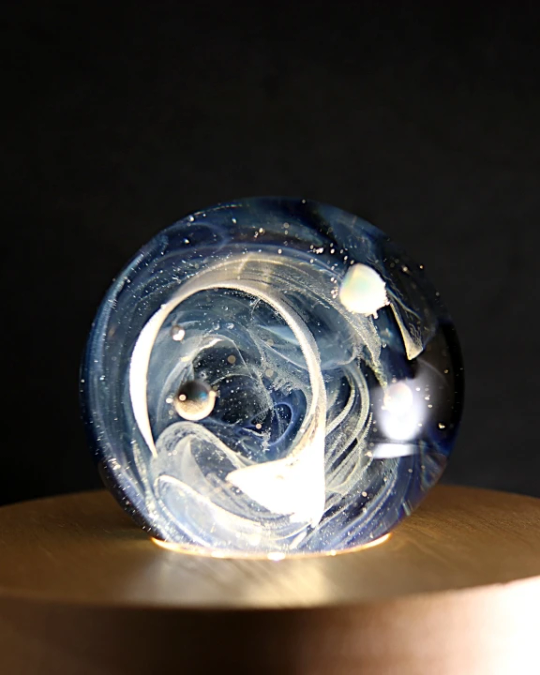
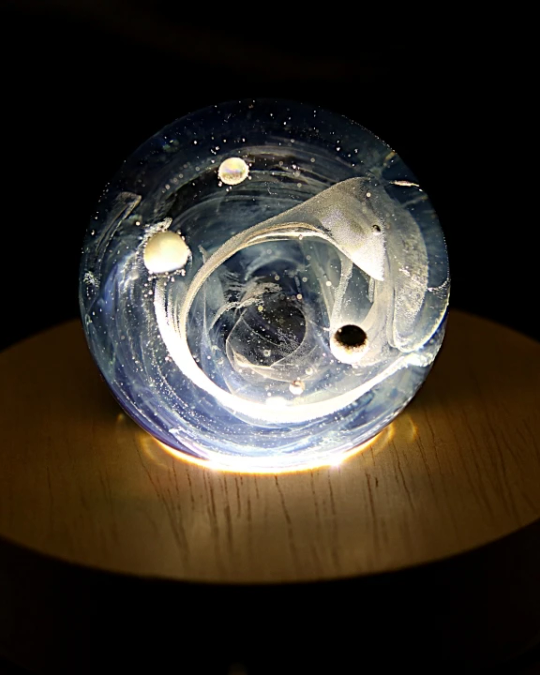
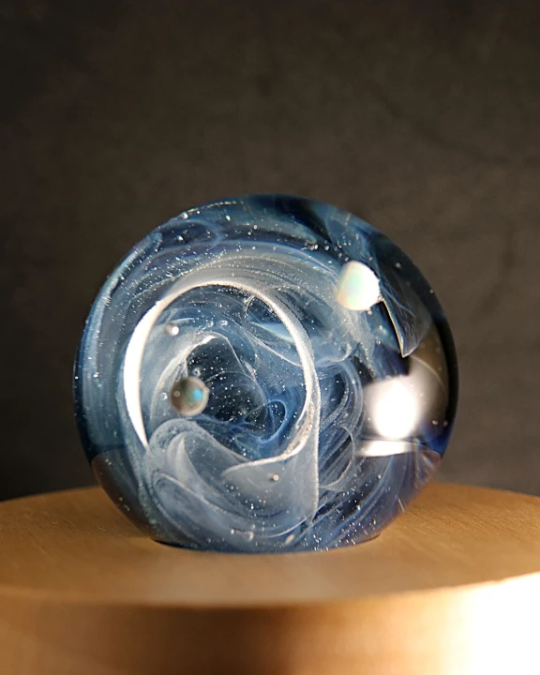
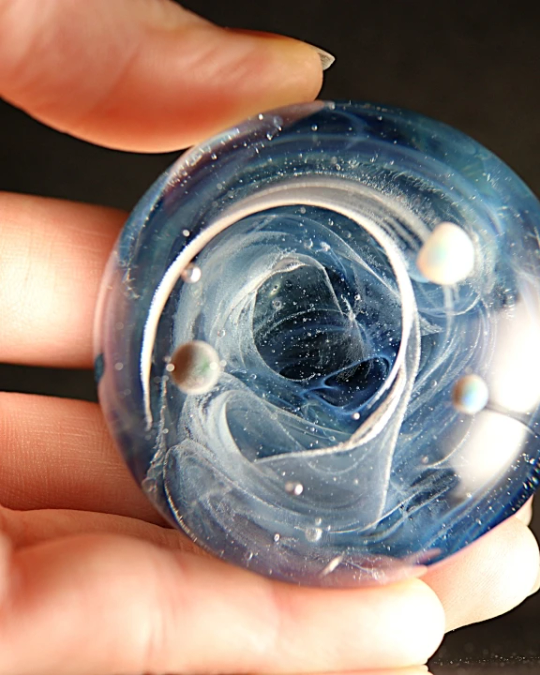
#galaxy#galaxie#glassblowing#univers#artisan#souffleur de verre#astronomie#Nasa#Hubble#hubble space telescope#Galaxy#voielactée#art#artwork#artisanat#Glassblower#galaxies#planets#astrophotography#outer space#universe#verre
59 notes
·
View notes
Text




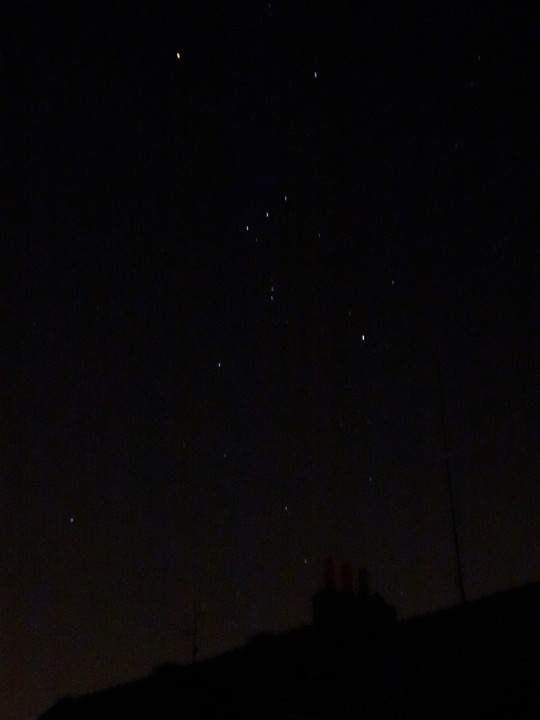
Douai, photos de nuit dans ma rue.
Je suis assez fier d'avoir pu enfin photographier à peu près passablement la superbe constellation d'Orion, au dessus des cheminées fumantes... Betelgeuse, Rigel, Bellatrix et les trois Alnilam, Alnitak et Mintaka...
Puis - j'ai fait ce que j'ai pu - Jupiter et 4 de ses plus gros satellites (lesquels précisément ? Je fais appel aux astronomes pour m'éclairer !)...
Ensuite, la Lune....
Et enfin, ma rue....pour revenir à Orion.
#douai#nord#nuit#astronomie#orion#constellation#constellation d'orion#betelgeue#bellatrix#rigel#alnilam#alnitak#mintaka#jupiter#satellites#satellites joviens#lune#cratère
11 notes
·
View notes
Text
The magnificent Orion Nebula: The darling of amateur astrophotographers, the Queen of the Winter Sky. It is the brightest nebula in the night sky and easily viewable with binoculars. It is an easy target for beginners, so how can you resist such a beautiful deep-space subject?
At a distance of only 1,300 light years, consider it nearby on the scale of our Milky Way galaxy. It is the closest region of massive star formation, a stellar nursery.
I photographed the Orion Nebula from my garden in Strasbourg France in early February 2024. 46 photos x 60 seconds each.

#astrophotography#astrophotographie#astrophotographiefrance#messierobjects#astronomiefrance#astronomy#messier42#orion nebula#astronomie
18 notes
·
View notes
Text
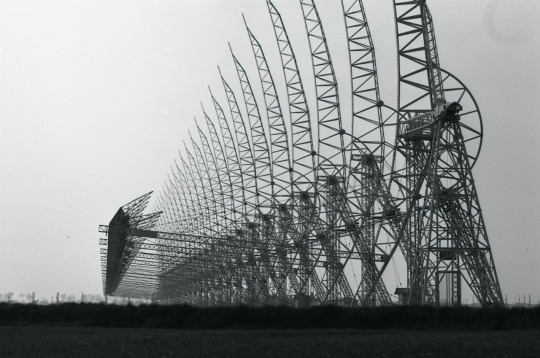
Radio-télescope de Medicina, photo : Paolo Monti, 1974.
16 notes
·
View notes
Text
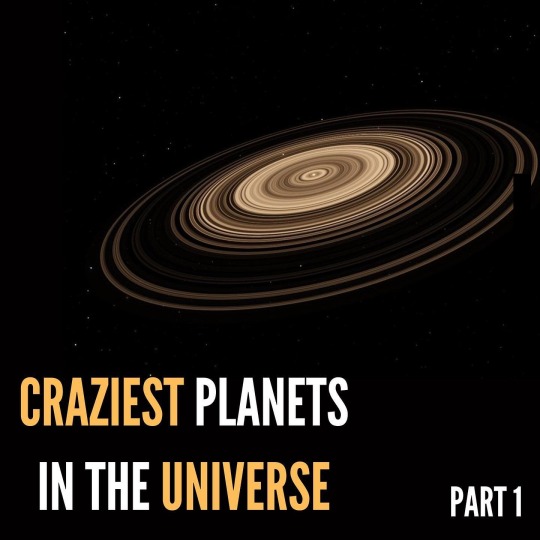


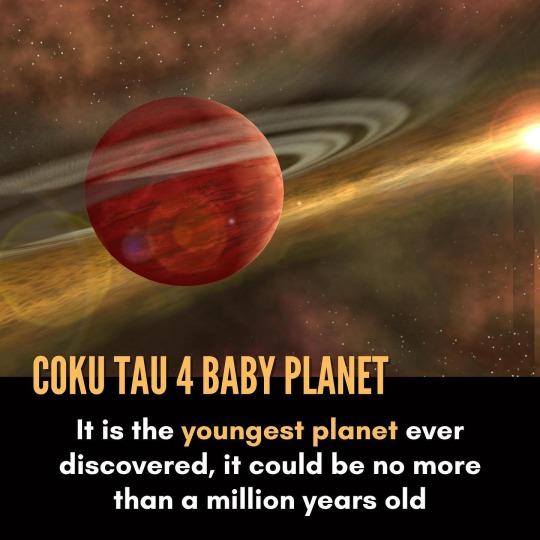

Craziest planets in the universe
Via astrogirl.science
#astronomyy#astronomiaamadora#astronomie#astronomiefrance#astronomie365#astroitalia#planets#solarsystem#solarsystemtattoo#exoplanets#supermassiveblackhole#stephenhawkings#stephenhawkingquotes#starsky#solarenergy#starsystem#planetarysystem#astronomus#theoryofeverything#cosmicperspective#satelliteimage#universo#quasar#wormhole#fantasticuniverse#hyperspace#milkywaychaser#briancox#planetas#exoplanetas
96 notes
·
View notes
